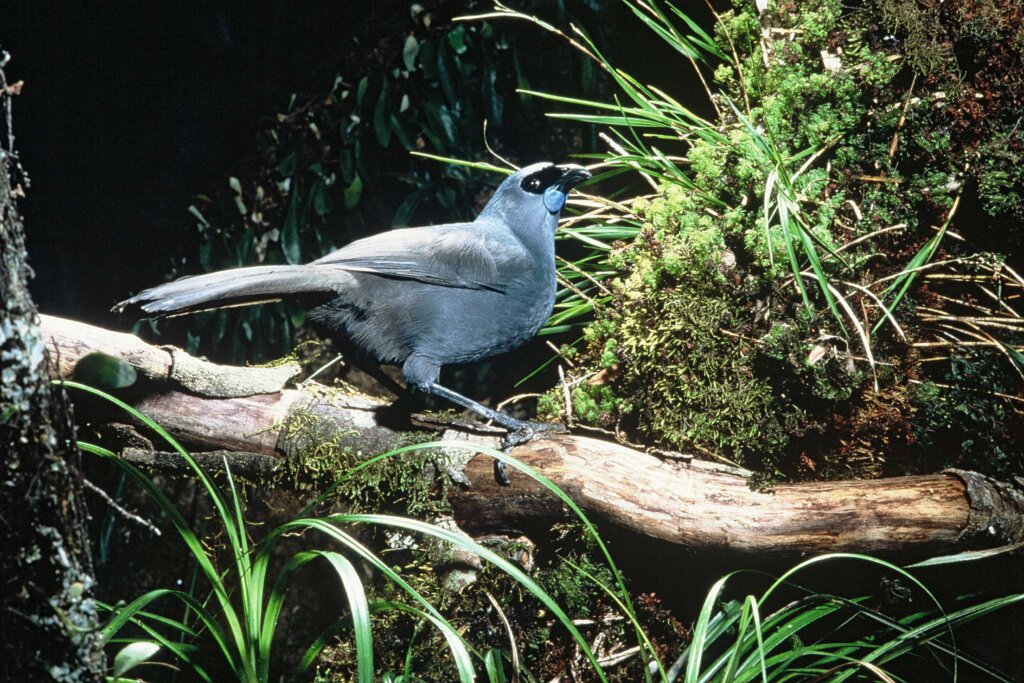The Department of Conservation’s Maniapoto team wants volunteers to contribute a few hours to help kōkako at Mapara.
Mapara Wildlife Management Reserve near Maniaiti/Benneydale is a habitat for a significant population of kōkako.

Kōkako numbers are thought to have reached about 4600.
Kōkako were common in New Zealand forests a little over 100 years ago, but they were eaten almost to extinction by introduced pests before conservation efforts kicked in late last century.
Claire Jones, a biodiversity ranger in Maniapoto, is leading an operation to bait hundreds of stations across the reserve, where introduced predators continue to pose a threat.
“DOC’s Maniapoto team is a small tight-knit unit – but this is a big job and we’re seeking support from the wider community to deliver this crucial conservation work,” Jones said.
Mapara is 1435ha of steep and undulating terrain at points with access via tracks and over farmland. There is a network of 2200 bait stations (50 metres apart) along bait lines which follow the spurs, ridges and gullies.
Three rounds of baiting start in mid-August before the start of the birds’ breeding season. Baiting will continue through the season to February/March to ensure the best survival of the young chicks. The baiting work supports efforts to reduce rat numbers in the reserve.
“We want to ensure the kōkako chicks at Mapara have the best chance of survival and can go on to thrive,” Jones added.
“This work also supports overall forest health in the diverse Mapara ecosystem.”
Volunteers would carry a weighed amount of bait in a backpack to each bait station along lines through the block. The baiting days will be about six hours in the bush. Food and accommodation will be provided.
“A good level of fitness is needed as volunteers will be carrying backpacks over steep terrain. A basic knowledge of the bush and bush navigation would be an advantage, although training will be given. Volunteers will be in pairs and GPS used to navigate,” Claire said.
The Department of Conservation website puts kōkako numbers at about 2300 pairs. The bird’s South Island cousin is thought to be extinct.








